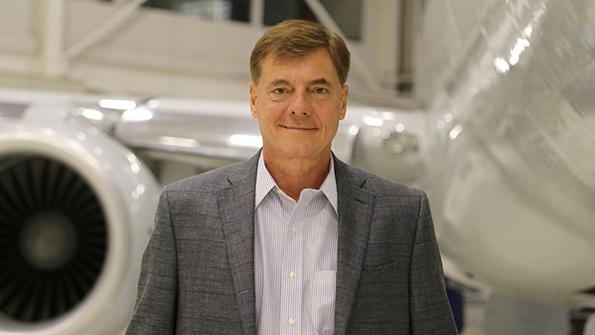
Embraer CEO Francisco Gomes Neto
Credit: Embraer
Embraer CEO Francisco Gomes Neto has not had a long career in the aerospace industry, and soon after he joined the company as CEO in 2019 he had to manage through a double crisis: the COVID-19 pandemic and Boeing’s abandonment of the commercial aircraft joint venture in 2020. Following...
Embraer CEO Sees Narrowbody ‘Window of Opportunity’ is available to both Aviation Week & Space Technology and AWIN subscribers.
Subscribe now to read this content, plus receive critical analysis into emerging trends, technological advancements, operational best practices and continuous updates to policy, requirements and budgets.
Already a subscriber to AW&ST or AWIN? Log in with your existing email and password.
